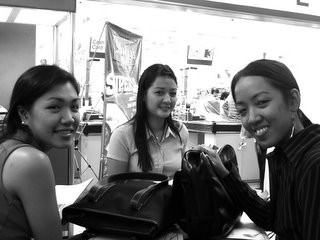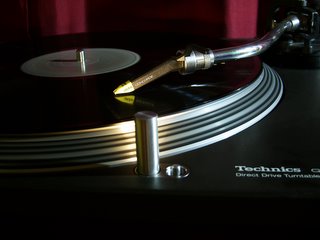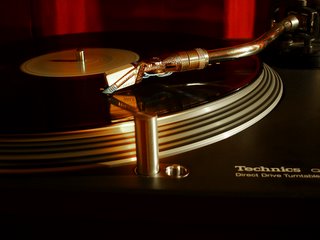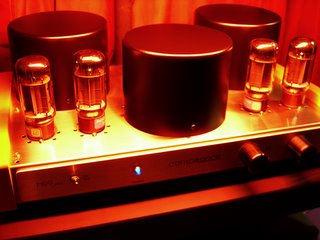
I recently got this phonostage to replace my QED DS-1 MM phono preamp and I would say that I'm happy to hear a big leap in the quality of sound reproduction of my LPs. Before I took it home from Audio Den, the local distributor of Cambridge Audio here, I compared it with Pro-Ject Phono Box MKII since they are in the same price range. And what's the result? the 640P is an amazingly superior solid state phonostage!!
Excited to hear it on my system, I immediately hooked it up and played some mint records to initially judge its performance. Spinning Holly Cole's "Don't Smoke in Bed" album, I was mesmerized upon hearing "I Can See Clearly" track of the album which I never heard with so much ambience and airiness in Holly Cole's captivating voice. It's like having a premium cart attached to a Technics Direct Drive turntable where details abound and soundstaging is at its finest. Since I dig Crystal Gale's vocal prowess, I tried and played some of her better albums and I got the same impression, the details are oozing with so much abundance. I used to listen to my LPs at the 12 o'clock volume dial in my M99plus integrated amp but with this high gain phono pre-amp, I'm now enjoying music at the 10 o'clock volume dial. The causal effect? it takes my listening pleasure to higher level because i can now hear a cleaner sound without much of a hum unlike with my previous phonostage. This may be attributable to its design configuration where the power supply is isolated from the main chassis, hence, unwanted noise and other interference were minimized. This design equates to a much cleaner and more conditioned sound with no annoyance from the AC power source.
Next test discs were my good old rock albums and it predictably brought out the results i was expecting. This time the instrumentation were dissected with clarity and i was elated to hear more high frequency extension and greater dynamics from the beat and thump of rock music. I can say that this phonostage gave me a warm and dynamic welcome to the world of pure analog supremacy. I can now hear extended high frequencies, more defined bass and superb spatial resoultion in stereophonic experience. Performance-wise, nothing beats this creature if compared to similar products at the same price range.... Pro-Ject Phono Box and NAD PP2, step aside coz there's a new champion!!!

 I've been seeing a lot of photos simulating the effects of tilt-shift lenses lately. I tried doing my own version of fake model photography with few variations from the usual techniques employed by some photoshop geeks. Using the radial gradient tool in the quick mask mode, i was able to select the portion where i would apply the blur. Since we are simulating the tilt-shift lens, it is only proper to blur the unwarranted portion using the lens blur filter. To get a good artificial contrast, the curve adjustment layer is used to blow out the colors in the image. To achieve a level of distortion to impart a feeling of artificiality and to simulate false lighting on the model, i applied some vignetting effect putting some gaussian blur on the extreme four corners of the image. Another desirable effect would be to render some simulated lighting like omni-directional lighting or spotlight effects using the render filter -> lighting effects. The photo above was the result of the simulation of a tilt-shift lens effect of the photo shown below.
I've been seeing a lot of photos simulating the effects of tilt-shift lenses lately. I tried doing my own version of fake model photography with few variations from the usual techniques employed by some photoshop geeks. Using the radial gradient tool in the quick mask mode, i was able to select the portion where i would apply the blur. Since we are simulating the tilt-shift lens, it is only proper to blur the unwarranted portion using the lens blur filter. To get a good artificial contrast, the curve adjustment layer is used to blow out the colors in the image. To achieve a level of distortion to impart a feeling of artificiality and to simulate false lighting on the model, i applied some vignetting effect putting some gaussian blur on the extreme four corners of the image. Another desirable effect would be to render some simulated lighting like omni-directional lighting or spotlight effects using the render filter -> lighting effects. The photo above was the result of the simulation of a tilt-shift lens effect of the photo shown below.
























